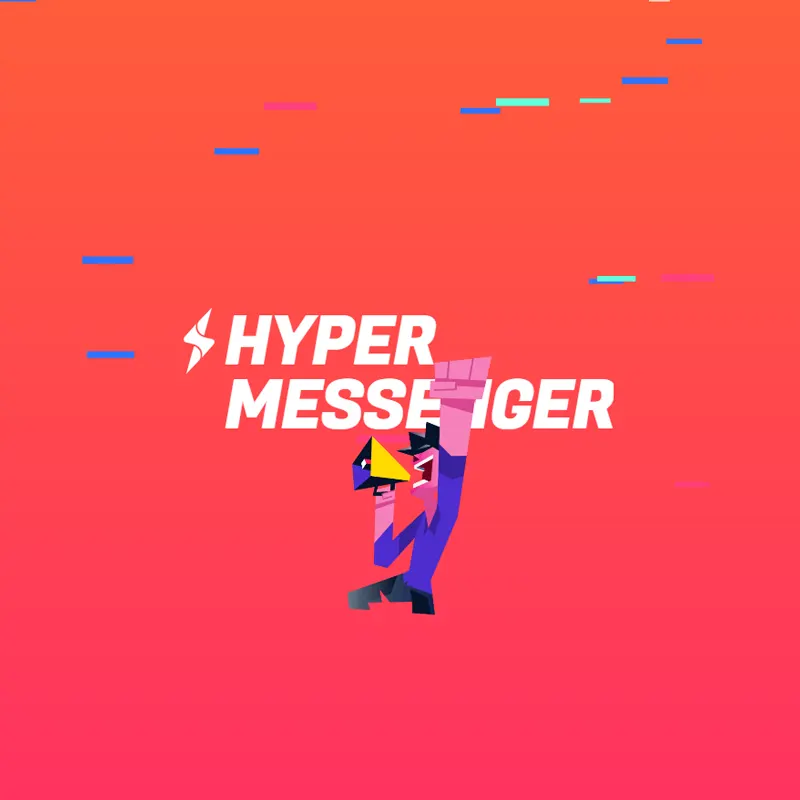
Messaging is one of the most sought-after communication method powered by the internet. At the same time, privacy and security are becoming more important than ever.
The Facebook-owned WhatsApp knows this, and this is why it boasts end-to-end encryption. But still, the encrypted data must pass through Facebook's servers before the recipient receives the message sent by the sender. Privacy-centric chat apps like Telegram and Signal also have to route users' messages through their respective servers.
While they do offer encryption and other means of protections, having user data to pass through their servers means that the services are centralized.
In other words, the services are controlled by certain entities or companies, regardless their size or intentions.
But Elastos here is introducing something different.
Leveraging blockchain, the same technology that powers Bitcoin, the company launches Hyper Messenger, touted as the world's first decentralized private messaging service.
Making its official debut on elastOS, the flagship app from the Elastos ecosystem, Elastos is looking forward for a standalone of the app for Android and iOS.
For its marketing message:
"Starting with open source, decentralized web services, developers can build applications where all data is exchanged peer-to-peer, stored in a decentralized fashion, and secured by its owners via verifiable blockchain immutability and smart contract execution."

While there is no reason for people to not use existing popular messaging apps, Elastos is simply introducing something new to the table. It's showing that blockchain can also help power messaging systems, in a way that messages won't be controlled by anyone or anything.
Whereas messaging services in the market can harvest and consolidate user data because user data passes through their servers, Hyper uses the Elastos Carrier, which is a decentralized, peer-to-peer network to protect users as they exchange information. through the internet.
But what really separates Hyper from the rest, is its approach of decentralizing things.
Instead of introducing a new medium from which data should travel, Hyper merely introduce a protocol which allows the service to operate across a distributed network of nodes, which exists and operates independently from Hyper.
And because it's merely a protocol, Hyper’s users can connect with others from any messenger apps as long as they run by Elastos Carrier nodes.
This approach makes Elastos to run on a unique ecosystem.
Because it integrates decentralized IDs (DIDs) issued by a public blockchain, and not a company, users can generate profiles and accounts for their accounts based on their Elastos ecosystem identities that have been issued and secured by Elastos blockchain.
What this means, Hyper cannot be hold responsible for protecting account information. Hyper only facilitates the information exchange, leaving the security and privacy to the nature of how blockchain works.
Other features include Elastos' proprietary decentralized storage using Hive 2.0. Using their DIDs, users can run their own Hive Vaults to store data. Or, they can use existing public Vaults.
Founded by Rong Chen, Elastos is building its products on top of the blockchain industry using a hybrid consensus that combines the secure hashpower of Bitcoin and the democratic ideals of Delegated-Proof-of-Stake, which is a consensus protocol that provides dependable verification and approval of transactions in a blockchain.
Besides utilizing blockchain, a peer-to-peer network for communication, decentralized data storage services, and DID system for all digital assets, Hyper also has sidechains, just like Ethereum, allowing a two-way peg interchangeability of assets at a predetermined rate between itself and its parent blockchain.
